Why do schools need queue management?

Transforming the lunchtime experience post-lockdown
One thing that is seemingly unavoidable in day to day life is queuing. Be it at the supermarket, post office or dry cleaners, waiting lines happen everywhere, anywhere and to anyone. Yet one place in which queues are in surplus and yet hugely unacknowledged or addressed is in schools. Despite sometimes being as disastrous as in retail, queuing in schools is rarely discussed.
The first contact with queuing in schools happens as students are trying to enrol and stretch their time in education to queue for mealtimes, school trips, registration and more. The biggest offender by far is the day to day slog of mealtime queuing in schools. Long waiting times matched with only a short period in which to eat makes lunchtime queuing something that needs to be addressed and improved for the benefit of staff and pupils.
The age-old custom of waiting in line wastes the average person up to two years of their life, according to a study by Casumo, and although saying goes 'time is money,' time is also time, something which students can't afford to waste. A student's priority is to study, and with a solid queue management system in place that follows strict social distancing rules, pupils can use the time saved for more essential school matters.
What are the results of poor queue management in schools?
A secondary school in London found this out the hard way, as its pupils were shunning food in a school canteen and instead were favouring the option to leave school grounds and purchase their lunches rather than queue for the school meals provided. This kind of 'out-of-gate' spending can mean students are consuming unhealthy foods for lunch, which the school cannot fully control. Unhealthy lunches are one of the main contributors to childhood obesity and poor nutrition in children.
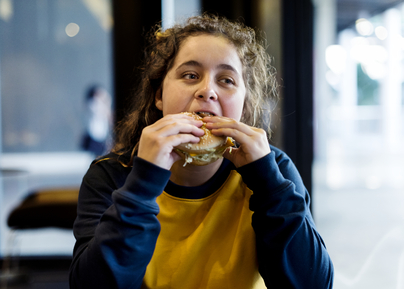
Lengthy waiting times for lunch isn't an issue confined to smaller state schools either and arguably, somewhat worse than the out-of-gate junk food purchasing seen in London. In Neath, South Wales, pupils of a £40m Baglan Bay High School have waited throughout the entire lunch break and had to go back to class on an empty stomach.
What are the solutions for better queue management in schools?
Introducing cashless catering software such as ami's Transact meal ordering and registration for primary schools is revolutionary in cutting school lunch wait times. Allowing pupils to pre-order their lunch choices via an interactive whiteboard or the teacher's PC enables younger pupils to select their food in a fun and interactive way.
After placing the order, the pupil's lunch choice is sent to the kitchen to be prepared for when they arrive at the dining hall, reducing the need to queue whilst pupils make their lunch choices.
Other solutions to reduce school queues include AMI's ID management system and contactless cards, enabling schools to reduce contact at lunch whilst ensuring pupils abide by new social distancing measures. This software offers real-time database sync from the MIS system, meaning there is no chance of mistakenly missing students, with all applications managed through one central database.
ID management software, including AMI's Identity Management solution, identifies students through their contactless cards to make payments, gain access to areas, reset passwords and much more, saving vast amounts of time and resources during the mealtime rush. Queue management software leads to more efficient waiting times, organisation, and simplified identity management.
By using a cashless catering system and ID management software, schools can generate reports to show what food has been ordered and keep track of food wastage at the click of a button. This functionality gives schools control over the content of their pupil's meals, benefits their budgets (by avoiding unnecessary spending) and allows them to be environmentally sensitive by not contributing to food wastage.
Whilst a more efficient waiting area layout partially solves queuing controversy in schools, which will improve as more schools place ordering and collection points around the school, the core problem lies in queue management. The solution, therefore, is to invest in a queue management system for schools.
It is not enough to say that schools need queue management to ensure their students eat correctly and on time. When social distancing and minimal contact are key, cashless software is crucial to protect pupils and reduce the risk of germs spreading as lockdown measures ease, and pupils return to school.
Visit here to learn more about ami's full range of cashless catering and Identity Management solutions.
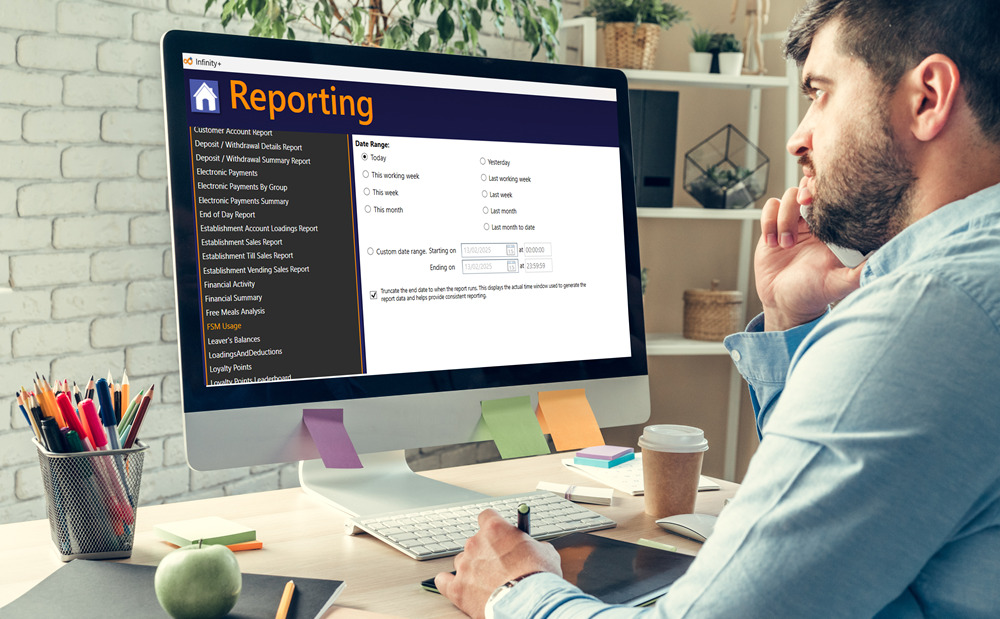
Did you know that infinity+ can save you time and streamline your reporting processes?
With scheduled reporting, you can automate report delivery, ensuring the right people get the right information, when they need it—without any hassle.
Effortless scheduled reporting
With infinity+, you can configure the system to:
- Send reports automatically via email to one or multiple recipients.
- Share reports internally and externally—no manual sending required!
- Export reports in multiple formats including PDF, Word, or Excel.
- Customise reports with parameters like date range, supplement type, or tills, etc.
- Create multiple schedules—run reports once, daily, weekly, monthly, set for a specific date or date range.
How can scheduled reporting help you?
Here are a few ways infinity+ can make your school admin easier:
- Finance teams: Automatically send a report on outstanding accounts to help with debt chasing.
- Catering departments: Upload daily sales reports to the catering head office without lifting a finger.
- Attendance: Get an attendance report detailing entrance and exit times for all users.
Comprehensive reporting for all your needs
Infinity+ has over 60 different built-in reports covering
- Users
- Financials
- Retail
- Printing
- Attendance
Start saving time today
With infinity+, reporting doesn’t have to be a chore. Automate, customise, and simplify your reports, leaving you to focus on other admin tasks.
..and best of all, it's free!
This is a free add-on service to your school's licence, if you would like this time-saving feature set up for your school, please contact us and we will get that set up for you.
Can't find the exact report you're looking for? No problem! Let us know, and we can create a custom report tailored to your needs.
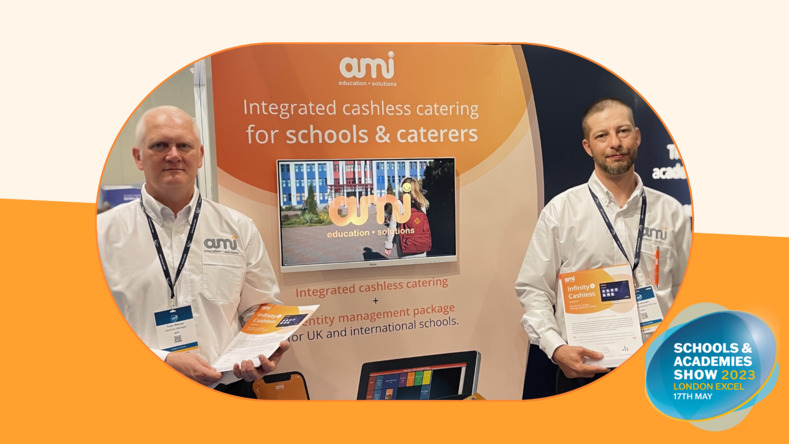
The Schools & Academies Show is an exciting event that brings together education professionals, school leaders, and decision-makers across the UK. The show serves as a platform for showcasing innovative solutions, such as cashless catering, and sharing best practices in the education sector.
Amidst the buzz and enthusiasm, ami Education had the pleasure of exhibiting at the event alongside Tucasi, payment and administration software providers.

Infinity+ Cashless and Chip & Pin live demonstrations
At the Schools & Academies Show, ami Education proudly showcased the Infinity+ Cashless catering system, revolutionising cashless processes in UK and international schools.
The live demonstrations highlighted the seamless and efficient point-of-sale experience, impressing attendees. This smart system manages student accounts and processes orders at the point of sale effortlessly, providing a convenient and secure dining experience. Visitors learned about the extensive reporting suite, offering insights from free school meal usage to catering reports and discovered how to harness this data to streamline operations and reduce administrative tasks.
Furthermore, ami Education debuted their highly anticipated Chip & Pin technology, which received a positive response at the event. Popular amongst sixth forms and secondary schools, attendees experienced the contactless solution and appreciated the availability of multiple payment methods. Attendees saw first-hand how ami Education's Chip & Pin terminals optimise the dining experience and empower educational institutions to streamline operations and provide a seamless payment experience.
Our POS software is evolving with features such as Chip & Pin and additional features. But the next big thing we've got to do now is go cloud-based.
- Tony Reeves, General Manager.

Infinity+ Order receives positive engagement with attendees
Alongside the Infinity+ Cashless & Chip & Pin demonstrations, ami Education was excited to showcase its cutting-edge Infinity+ Order pre-order school meal app at the Schools & Academies Show. The demonstrations highlighted how students could seamlessly check balances, browse menus, and conveniently pre-order their meals from their mobile phones.
This revolutionary app transforms how students order their meals, ensuring efficiency and convenience. With Infinity+ Order, pupils have easy access to a wide range of menu options, the ability to pre-order meals in advance, and the flexibility to customise their choices based on dietary requirements or allergies.
The Infinity+ Order app empowers staff to efficiently manage meal preparation and reduce food waste by accurately anticipating meal demand. This topic was very relevant at the show due to the current challenges schools and academies face. The app lets pupils control their dining experience, ensuring they receive their desired meals quickly and conveniently.
Schools are starting to like the pre-order solution, as they can allow pupils to pre-order up to three weeks in advance. Pupils only have to go to the till point and collect their meal.
- Tony Reeves, General Manager.
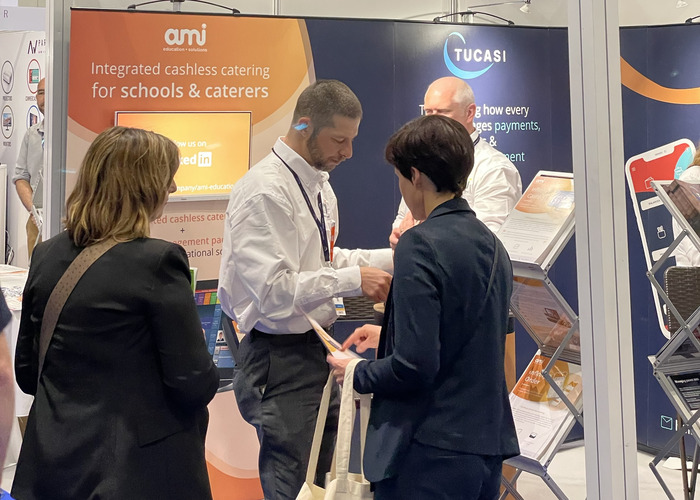
ami Education's participation in the Schools & Academies Show at the London Excel was met with excitement and enthusiasm.
The Schools & Academies Show served as an excellent platform to showcase our solutions, and we are grateful for the opportunity to contribute to positive change in school catering. ami Education remains dedicated to driving innovation, fostering positive experiences, and propelling the education sector forward.
 | To gain further insights into the exciting world of ami Education, watch our exclusive interview with Tony Reeves, our General Manager. In the interview, Tony delves into ground-breaking innovations, transformative approaches, and the future of cashless solutions in education. This interview provides a deeper understanding of our commitment to advancing education institutions. |
If you couldn't attend the event but still want a demonstration, don't worry! Book a demo with our team today to learn about implementing cashless catering, pre-ordering or Chip & Pin software in your school. Our team are here to provide all the information and support you need.
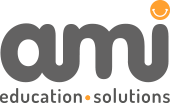

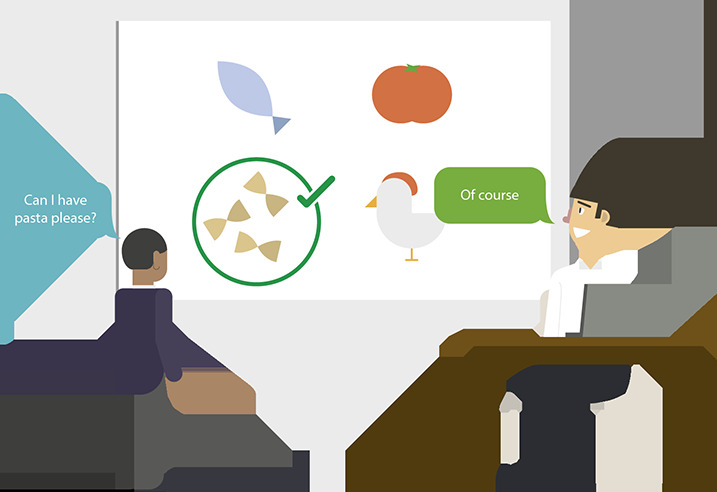


Follow us on: